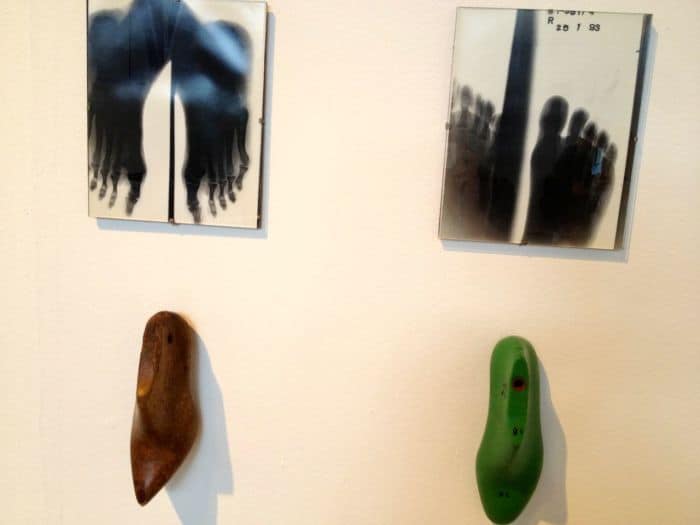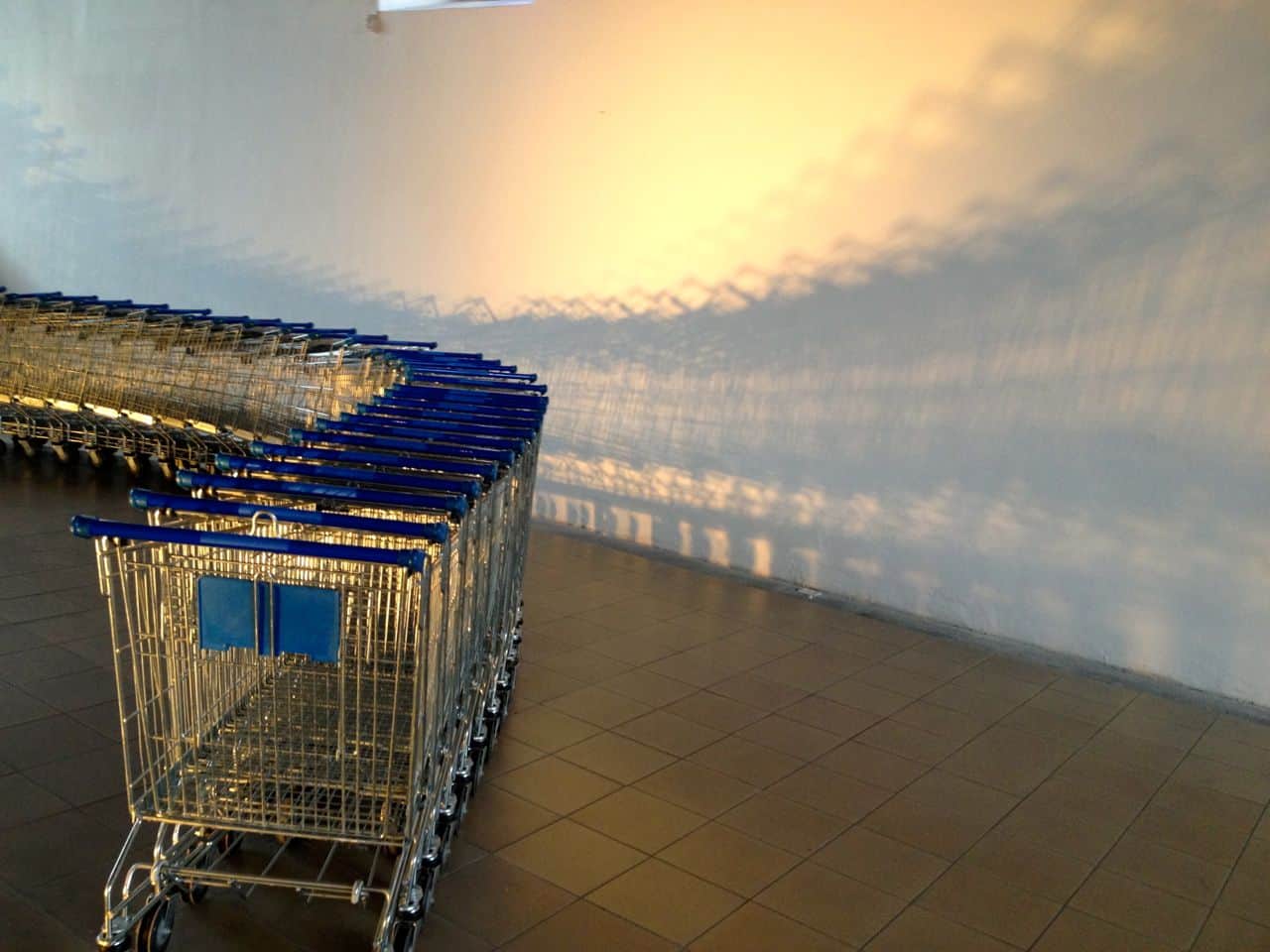To celebrate its 20-year anniversary, the Museum of Contemporary Art and Design has picked a thought-provoking title: “El Día Que Nos Hicimos Contemporáneos,” or “The Day We Became Contemporary.” Publicity materials show a line drawing of two humanoids, one character sticking its head inside the other’s chest. Its title is “Wound,” by artist Ed Pien. The image is both amusing and repellent, two polarized reactions that pretty much summarize contemporary art in general.
The title is notable because it implies risky questions: What is contemporary art? After 20 years of displaying art objects and installations, has MADC ever really defined what it does? Do they need to? And if there is no definition – if it’s up to the patron to decide what is and isn’t art – how do you commemorate two decades of, well, whatever it is?
“Day” is a diverse survey of typical contemporary art, spread out among MADC’s many enormous rooms. The 19th century compound is big and stately, and there is plenty of space to project videos, set up sculptures, and hang frames on the walls.
The first thing you see is “Quetzalcoatl,” a crescent of connected shopping carts arranged in the middle of the tile floor. Footlights send subtle shadows along the whitewashed wall, but otherwise the display is very simple. In a printed statement, Guatemalan artist Darío Escobar says his installation “explores the imposition of the industrial object within the museum space, creating forms of ambivalent appearance between sculpture and object without material purpose.”
Let’s cut to the chase: Contemporary art is generally odd and uncomfortable, and the people who visit an art gallery feel compelled to “understand” it. While the Mona Lisa is something you “appreciate,” contemporary art is something you either “get” or “don’t get.” Some people hate this: They grumble and shake their heads, they insist that their kid could do that, and they stomp off, convinced that all artists are pretentious blowhards.

Others will find meaning in works like “Quetzalcoatl,” and they may even find that particular arrangement of shopping carts brilliant. A more approachable sample is Karla Solano’s “Andar la Vida,” which cleverly translates as “Walk of Life.” The work is a series of prosthetic feet (either for shoe display or to replace actual feet), as well as X-rays of podiatric bones. Again, the average visitor may struggle to react to “Walk of Life,” but others will find them interesting. If you hang an X-ray in a gallery, doesn’t it become a photograph? Isn’t a prosthesis a kind of sculpture? Hmm…
The problem is that art has been “modern” for more than a century, and “contemporary” art refers to almost anything after Picasso. Salvador Dalí’s melting clocks are basically contemporary, and so is “Piss Christ.” Artists have long been at liberty to create whatever they want, as long as they can defend their expression. But unless that work becomes catchy, like Robert Indiana’s “Love” sculpture or Andy Warhol’s lithographs, the vast majority of people just ignore it. The most likely patron of contemporary art is an art student.
MADC has put together a good exhibit, showcasing international artists with a wide range of materials and ideas, and it is definitely worth an afternoon stroll. Two entire walls are dedicated to a timeline of MADC exhibits, and it is remarkable how much the museum has done in 20 years. The artworks at MADC can be frustrating, but the space itself is essential: MADC is a playground for postmodern creativity, unconstrained by commercial pressures. Every country should have at least one such place.
This critic was neutral about most of the exhibit until the final room: “Zincfonía Tropical” is a short video (one minute and 45 seconds) about a mango rolling down a corrugated steel roof. The mango bounces along, falling from one edge onto another surface, until it is joined but a bunch of other mangoes. The video is lighthearted and fun and distinctly Costa Rican. It’s hard to tell how Donna Conlon and Jonathan Harker filmed it – whether they actually climbed onto barrio rooftops or just laid the rusty sheets together in a studio – but the video is mesmerizing. Conlon created a companion video, “Coexistencia,” that is also charming: An army of leafcutter ants marches across the screen, and every now and again the ants clutch tiny paper flags in their mandibles.
The best way to approach a group show like “Day” is to seek out that one thing you particularly like. Think of it as a scavenger hunt. If it speaks to you, MADC has done its job, and will hopefully keep doing it for another 20 years.
“El Día Que Nos Hicimos Contemporáneos” continues through Sept. 5 at the Museum of Contemporary Art and Design, downtown San José. Mon.-Fri., 9 a.m.–5 p.m. Residents ₡1,000 ($2), foreigners ₡1,500 ($3), students ₡500 ($1). Info: MADC website.






